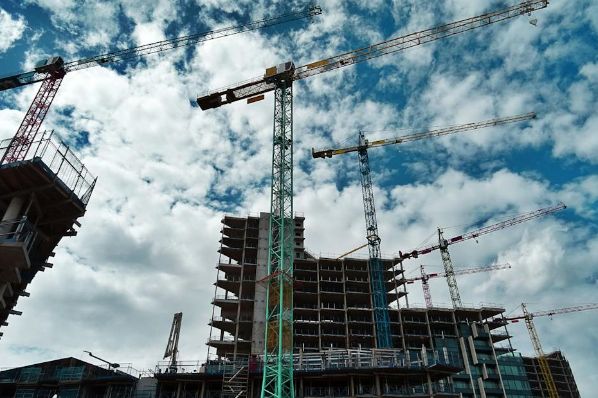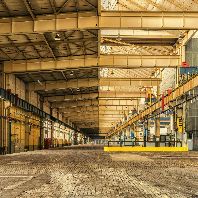The 2024 Global Investor Outlook released by Colliers reveals that challenging market conditions will persist across EMEA into 2024, though expectations of a clearer rate outlook and tightening bid-ask spreads are on the horizon. Lower investment activity has constrained pricing discovery due to limited evidence. As investors continue to seek stability in policy environments, industrial and logistics (I&L) and multifamily sectors largely are their top picks in the upcoming year.
Six markets stand out when it comes to investor preferences for 2024: London, Paris, Berlin, Munich, Madrid, and Amsterdam are of the greatest interest to investors for 2024. The UK has experienced the quickest pricing correction, resulting in the strongest uptick in investment activity in 2023, followed by Germany. Further activity is likely to be unlocked through the first half of 2024 as sellers and buyers become more aligned on prices.
Pockets of opportunity are continuing to emerge as distress forces companies to unlock capital via sale and leasebacks, and property funds face redemption pressures. Furthermore, a record proportion (25%) of investors surveyed have ESG-based disposal and acquisition strategies in place – up from 10% just two years ago. As a result, a wave of disposals and value-add opportunities are coming to market, with investors raising capital for brown-to-green conversions of these assets.
“We’ve heard from investors that stability is key. With anticipated ‘higher for longer’ interest rates to combat inflation, expectations for capital markets are tempered. If greater certainty emerges, along with the softening of underlying valuations, that will drive additional transaction volume next year. The best-positioned investors will be those who are ready to act on opportunity,” said Luke Dawson, Head of Global & EMEA Capital Markets at Colliers.
Sustained appetite for I&L leading to partnerships
Demand for all I&L segments is, and will remain, high. The limited supply of standard product is providing a solid backstop for values, leading more investors to explore specialized sub-sectors connected to the evolution of e-commerce and supply chains, including cold and dark storage, light industrial and manufacturing. Additional protectionist industrial policies and increasing cost of energy will encourage more onshoring and nearshoring of operations.
“Many investors feel I&L assets provide greater stability and growth potential, given its strong underlying fundamentals and structural drivers. Facing fewer lenders and higher borrowing costs, we’re seeing investors pool funds and form alliances and joint ventures with partners who have the expertise to navigate specialist or sub-sector markets,” said Damian Harrington, Head of Research, Global & EMEA Capital Markets at Colliers.
Demographic and economic drivers help multifamily retain appeal
Like I&L, the living sector has also shown more resilience, buoyed by a strong outlook. Investors anticipate that supply-and-demand imbalance caused by population growth and housing availability and affordability issues will support this sector for the foreseeable future. Many remain keen on deploying capital into alternative living classes such as purpose-built student accommodation and senior housing, both linked to fundamental demographic trends. The growth potential offered by build-to-rent (BTR) assets being developed is heightened too as overall high prices and mortgage rates keep households, students, and young professionals firmly in the rental pool.
Widening best vs. rest office performance
While the fundamental need for offices remains, European investors are gravitating towards high-quality space and value-add opportunities to reposition assets to match the evolving needs of occupiers and employees. In fact, Colliers’ survey found that nearly 80% of investors expect sustainability-certified offices to command a premium, with 65% believing premiums will be upwards of 5% in EMEA.
“Availability of well-located, premium (net-zero / ESG) space will remain lean, while the value gap between the best and the rest continues to widen. This should contribute to spillover demand in retrofitted stock as investors generate value from brown-to-green conversions. The redevelopment and repurposing of assets to meet sustainability criteria or serve a new purpose is set to be a significant driver of activity next year and beyond,” continued Harrington.
“The path to market recovery will be uneven with divergence across multiple sectors around the world. Similar patterns are evident in hotel and retail, where budget segments are thriving as inflation-hit consumers look to control costs and luxury segments are being lifted by a wealthier customer base. It is the undistinguished middle market that is struggling to find traction with investors, unless heavily discounted. In a rapidly evolving environment, understanding markets and asset classes at a more granular level is critical to investors’ value-generating strategies,” concluded Dawson.
The full can be downloaded here.
Image source - Pexels.















